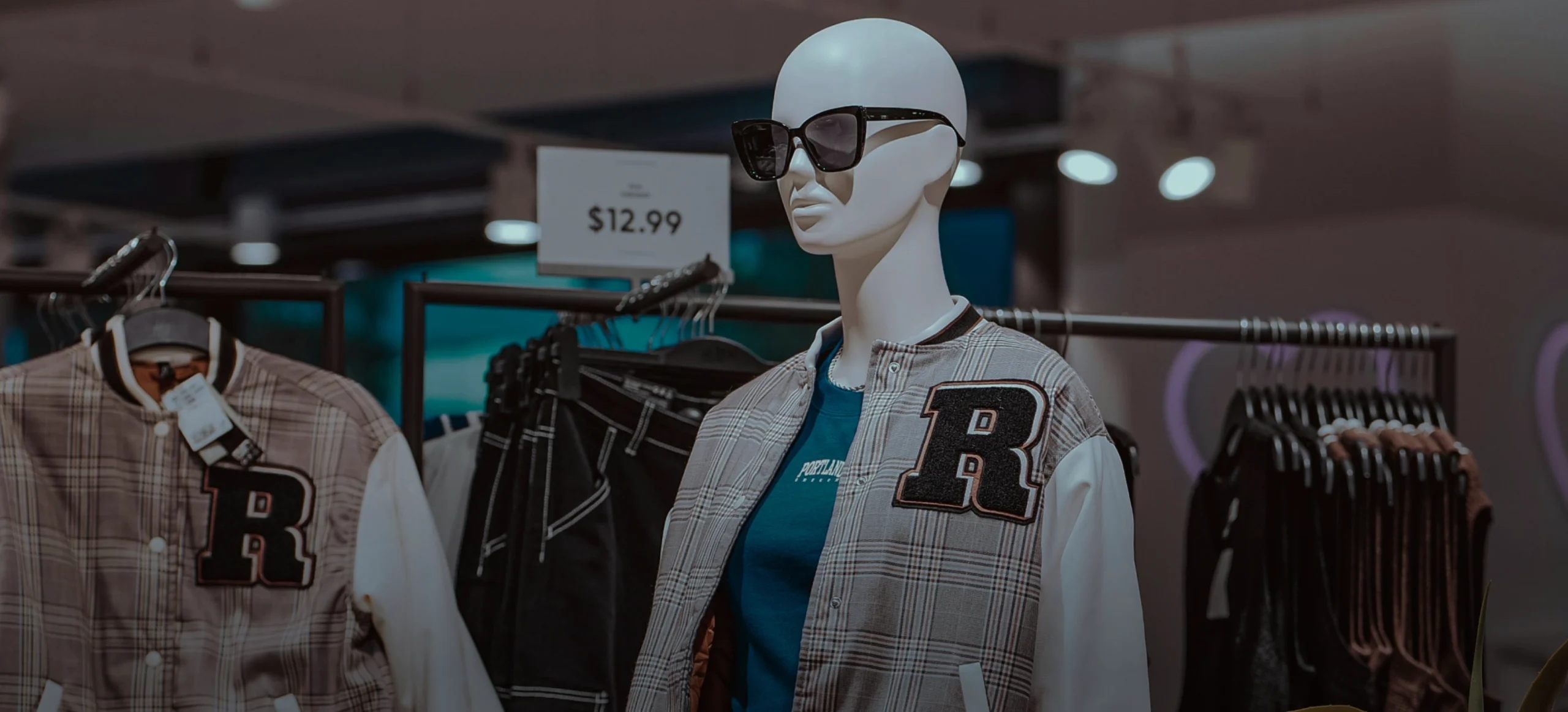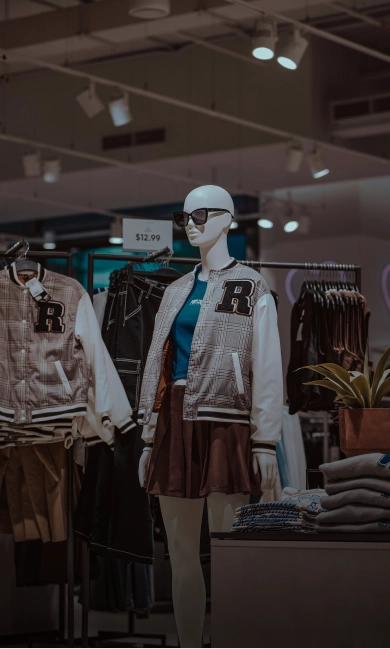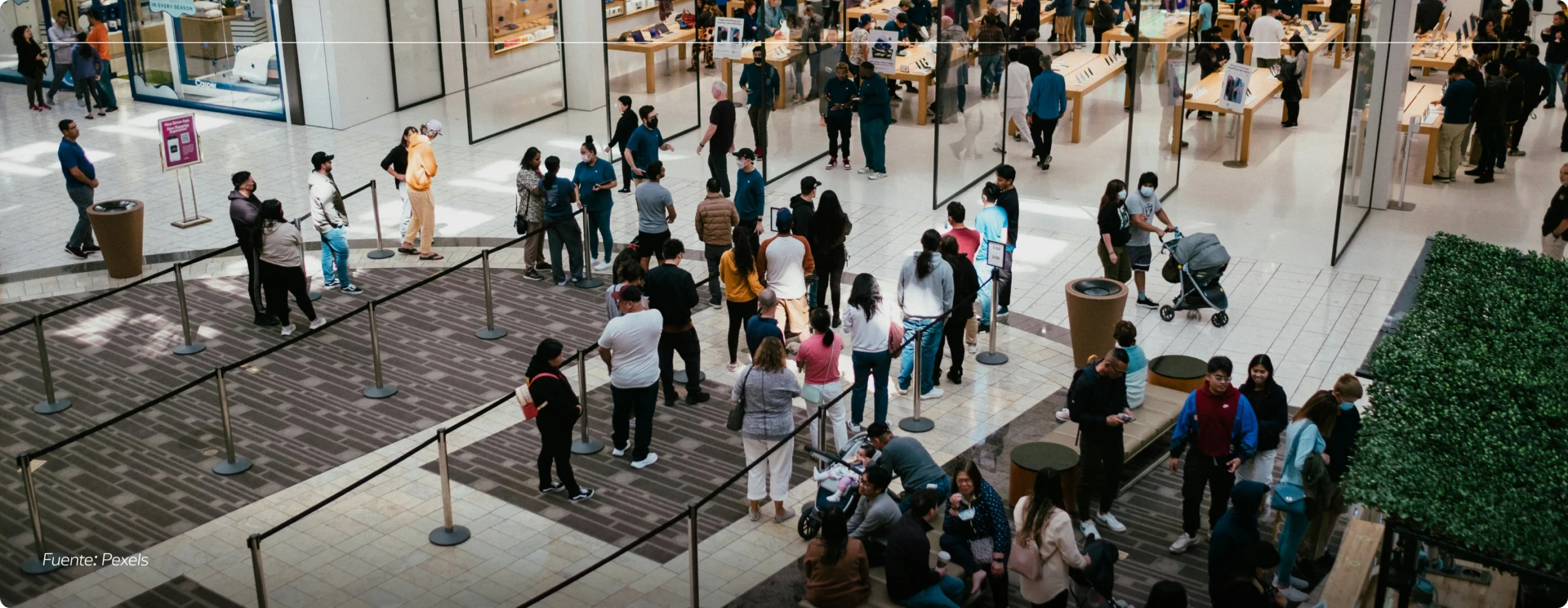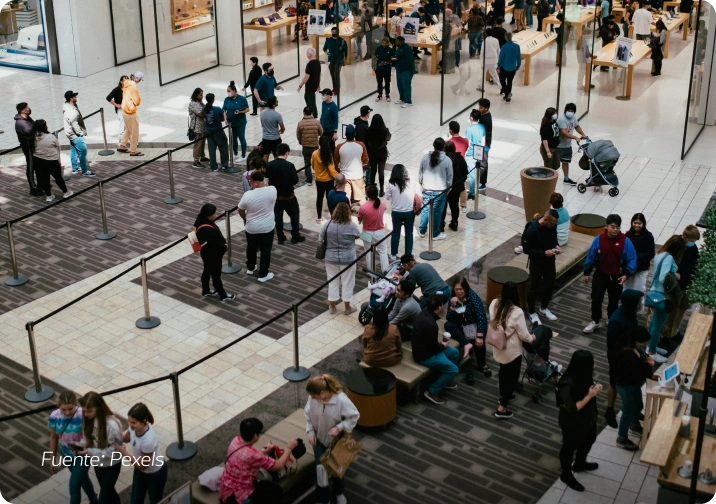

A few days ago, I attended a talk organized by the Peruvian Association of Visual Merchandising, presented by Alfredo Yong.
The event had an excellent turnout, and as usual, there was a Q&A session afterward with responses and comments from the invited panelists, including myself.
Among the audience, a series of very interesting questions arose, but one in particular caught my attention. I believe that within the retail business, this is an issue that they must constantly address in order to maintain top-notch brand engagement…


How can franchises face the emerging, constantly evolving Peruvian consumer, with brand guidelines set by parent companies designed for a global audience?
At that moment, I dared to speak up and respond to the question, excited by its complexity and motivated by the technical challenge posed by the questioner, Johan Vela…
Having worked in this industry for over 15 years, I’ve observed two key things.
There were some commercial locations and fast food restaurants, but they were mostly isolated elements that did not represent a significant evolution in consumption based on the modern retail paradigm.
Although we were experiencing economic improvements back then, it wasn’t accompanied by a gradual process of learning and development within society.
In other words, from being nomadic gatherers, we jumped straight to industrialized agriculture. As they say in colloquial language: “skipping steps.”
This phenomenon is further complicated by the self-configuration of the peripheral districts of the country’s main cities and their consumer dynamics.
The result of this equation—two variables (or maybe more)—is the obvious disarticulation of cultural, aesthetic, and experiential values of international brands. With a global discourse and rigid aesthetics, they show up to various self-suggested peripheral groups who are now economically squeezed.
To some extent, this phenomenon is mitigated by aspirational factors.
But soon, that won’t be the case, and international brands will have to adapt to specific Latin American contexts in the processes of globalization.
…Let’s not be surprised if, in the not-so-distant future…
We go to McDonald’s and find green rice with crispy chicken…


This multi-vector identity developed by brands is deeply connected to their origins and their journey over time (adaptability, archetypes, etc.).
Most brands originate outside Latin America and are run by a parent company located somewhere in the world.
This means their aesthetic and experiential discourse is tailored to a global consumer. The 99% of these consumers live in first-world countries and have undergone continuous evolution within the consumer society, transitioning from local to global.
The second phenomenon I’ve observed is a process more specific to Peru and the evolution of its consumer society.
Twenty years ago, or perhaps a little less, the word “retail” was not part of our everyday language.